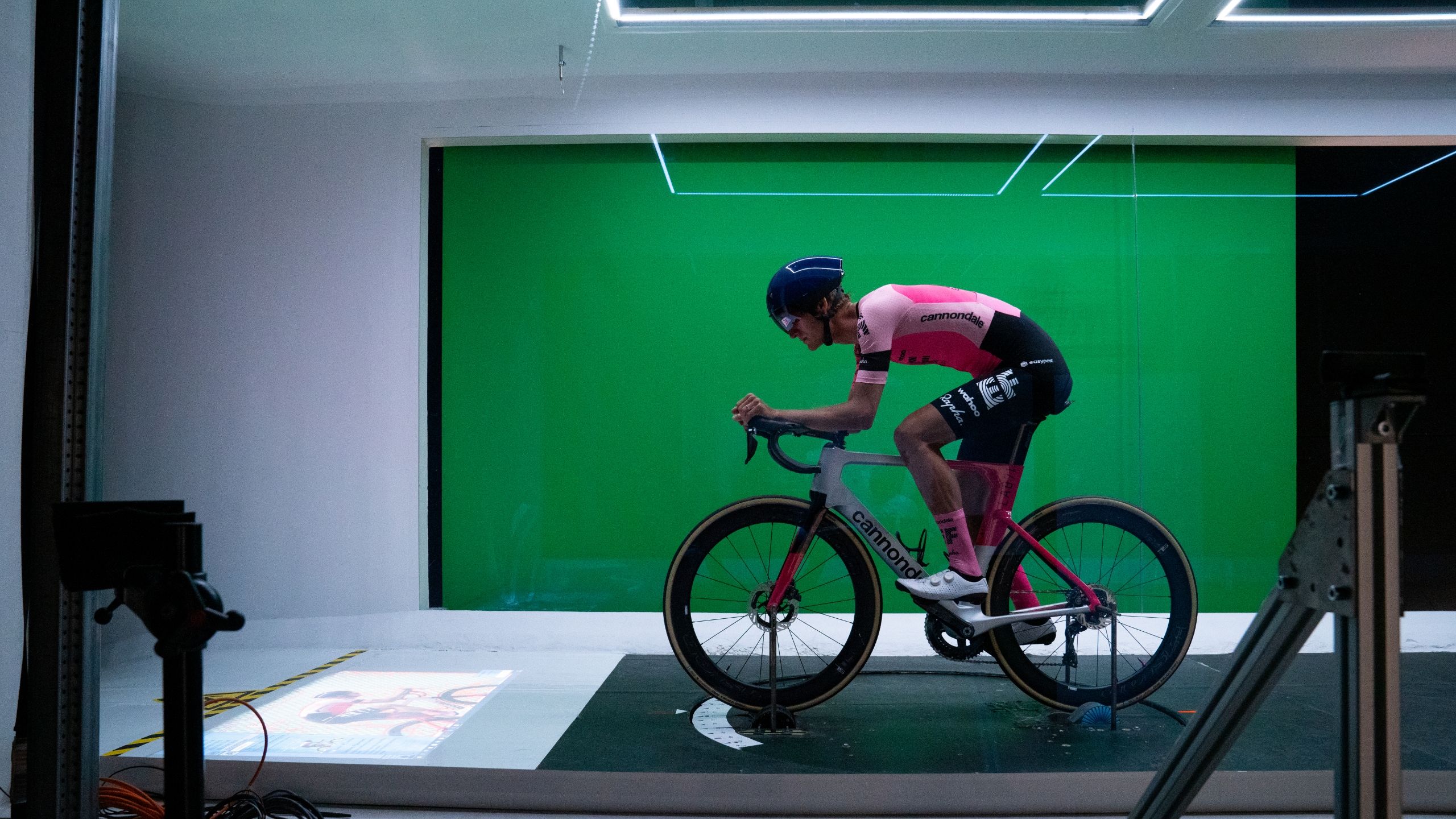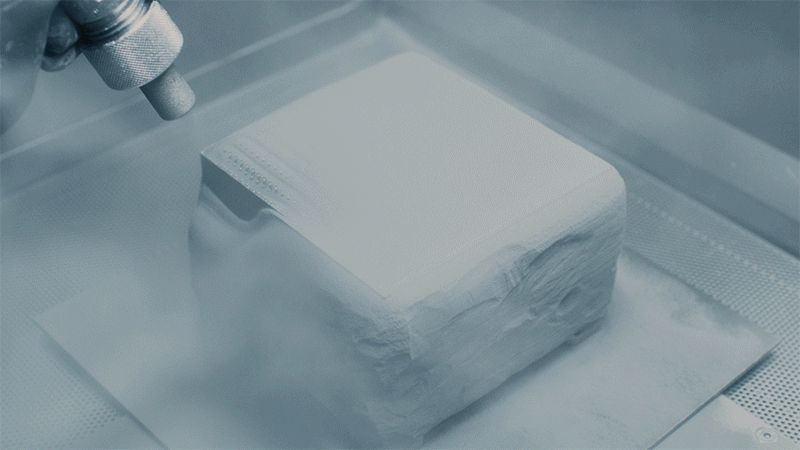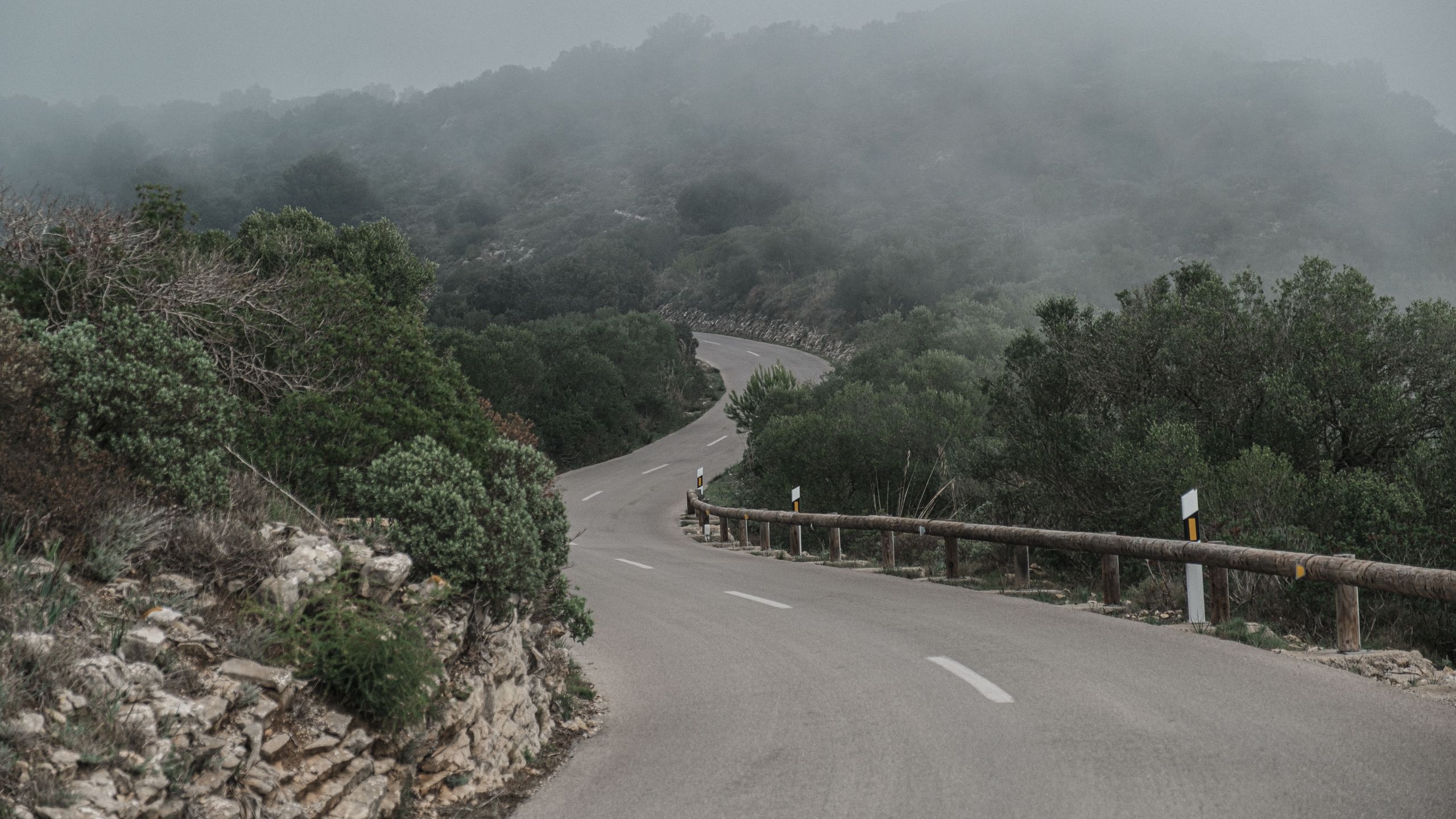CFD simulation and testing


Competitive cyclists optimize every pedal stroke to deliver pure forward motion.
Several details need to align to create precise forward motion on a bike, such as fitness, power, and technique, all of which are basic building blocks to building speed.
Cycle for any distance, though, and it becomes immediately clear that regardless of your pedal stroke, the most important aspect is not how strong you are or what bike you have; it's how you can minimize the resistance caused by the air around you, and how effortlessly you can pass through it.
A moving cyclist forces themselves into the air in front of them, which creates natural resistance. And, the faster they move, the more air resistance they will feel. A lot of focus often falls on the bike, but it's acknowledged that a cyclist's body represents the largest barrier to movement through the air. Naturally, it's also where the greatest aerodynamic efficiencies can be made.
As much as eighty per cent of the resistance a cyclist creates comes from a rider's body; naturally, gaining the best aerodynamic advantage requires focusing on the rider's body and profile.




Bringing together our experience, award-winning technology, and input from our professional riders, WorldTour teams as well as our specialized aerodynamic advisers, we focus on helmets, eyewear and apparel, which can all play a significant role in improved aerodynamics, and there are many ways we can do this.
Computational fluid dynamics (CFD), 3D scanning, track testing, wind tunnel testing, and WorldTour racing all input into the research and design process; to develop products which allow a cyclist to slip through the air, going faster whilst using less energy.






CFD simulations can be applied to various problems and industries, such as aerospace, automotive, energy, and cycling. To complement this research and data, we also use 3D scanning.
3D scanning for aerodynamic analysis is a technique used to capture the shape and surface characteristics of objects or surfaces that interact with fluid flows. It uses 3D scanning technologies to generate a digital representation of the object's surface, which is used for aerodynamic analysis and simulation.






Static image of a 3D scanned EF Education-EasyPost rider with Procen helmet.
So-called' virtual wind tunnels' are computer simulations that mimic a physical wind tunnel. By using virtual wind tunnels, we can determine the aerodynamic properties of a cyclist. And by scanning each rider in different cycling positions to create 'digital twins', these 3D images can be placed in the virtual wind tunnel and tested repeatedly. The benefit is that potential improvements can be assessed easily, simply by digitally adjusting the body positions.
CFD and 3D scanning are essential tools in confirming our ideas, which are often taken to the real world with a mix of velodrome (track) testing, wind tunnels, and, most importantly, professional rider feedback. All add a layer of validation to products under development so they will excel in many other areas, such as ventilation, safety, comfort, and aerodynamics.




As confirmed by the Head of POC's apparel teams, Monica Lindström, "To reduce the impact of a cyclist's body, we research fabric technology, material development, panel placement and rider aerodynamics. We must consider the added complexity where cyclists often move around the bike when climbing or sprinting. In addition, a cyclist's maximum effort may range over several seconds, minutes or hours and consecutive days, which also requires fabrics and materials that are aerodynamic yet equally able to perform under extreme conditions."
Cutting-edge aerodynamic performance requires a new way of thinking and new digital technology to support innovation and research.
That way, we can continue to shape the things to come, helping riders glide effortlessly through the air!
Photos by: Jojo Harper & Dan King
Related articles

Designing the race-winning Procen Air
Alberto Bettiol fired off the front of the peloton, tucked his shoulders low behind his new POC Procen Air, and soloed to victory at Milano-Torino.

Considered Performance
In developing the Elicit Ti, we sought to find a way to deliver all the benefits needed to stay at the cutting edge of performance cycling while being considerate of the resources we use.

The new chamois project
As a cyclist, the chances are that the subject of cycling saddles and discomfort has been raised many times. Unusually, it is a topic that interests cycling friends and non-cyclists alike, with the latter especially intrigued with how modern cycling can develop products that seemingly make you more uncomfortable!

CLARITY by POC
Whether you are threading your way through a rock garden, in the middle of the city, or out on the road before the sunrise, one thing is always the same; your vision is the gateway to decision making, safety and performance.